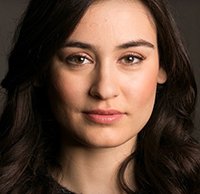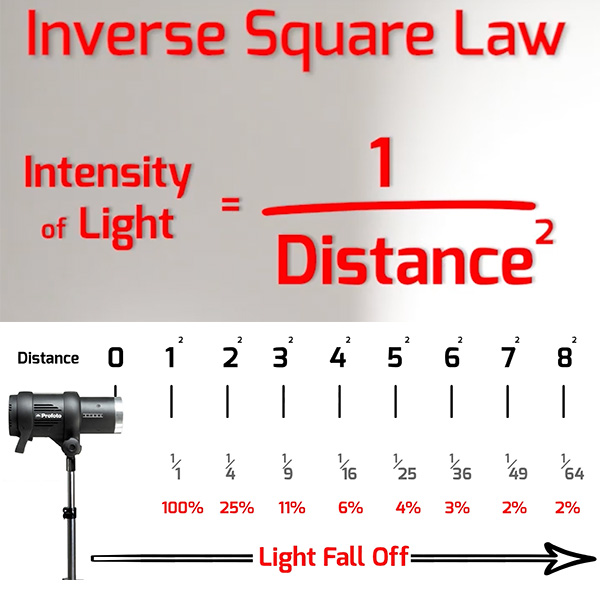Understanding light falloff: Applying the inverse square law of light to your portrait photography
posted Friday, March 3, 2017 at 12:00 PM EDT

Premier portrait photographer Peter Hurley, whom we have covered before, made a four and a half hour tutorial for Fstoppers, “Illuminating the Face.” This tutorial costs $300, but Fstoppers has released a 15-minute excerpt from the tutorial about understanding the inverse square law.
We have discussed the inverse square law before, but it is a very important concept to understand and well worth bringing up occasionally. The inverse square law is basically centered around light falloff. While you don’t need to be constantly thinking about the mathematics of the inverse square law while shooting, it is important to have that knowledge under your belt.

As Hurley says in the video below, you do not need to be crunching numbers on set. But what is important is that you understand the concept of the inverse square law of light and how it applies to your photography. If you’re shooting in a studio or using flashes or other studio lights, you must understand how light falls off. You will be able to get more consistent results as soon as you understand how light falls off over distance.
Suppose you want more light falloff across your subject’s face, how does the inverse square law help you? It helps you understand that the more falloff you want, the closer your light needs to be. It also helps you understand that if you want even lighting, your light can be five or six feet away or much further as law intensity drops only minimally past a distance of a few feet.
To learn more about Peter Hurley’s lighting tutorial “Illuminating the Face,” see here. For more from Fstoppers, check out their YouTube channel.
(Via ISO 1200)